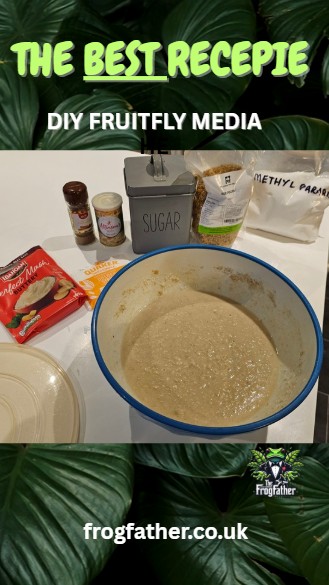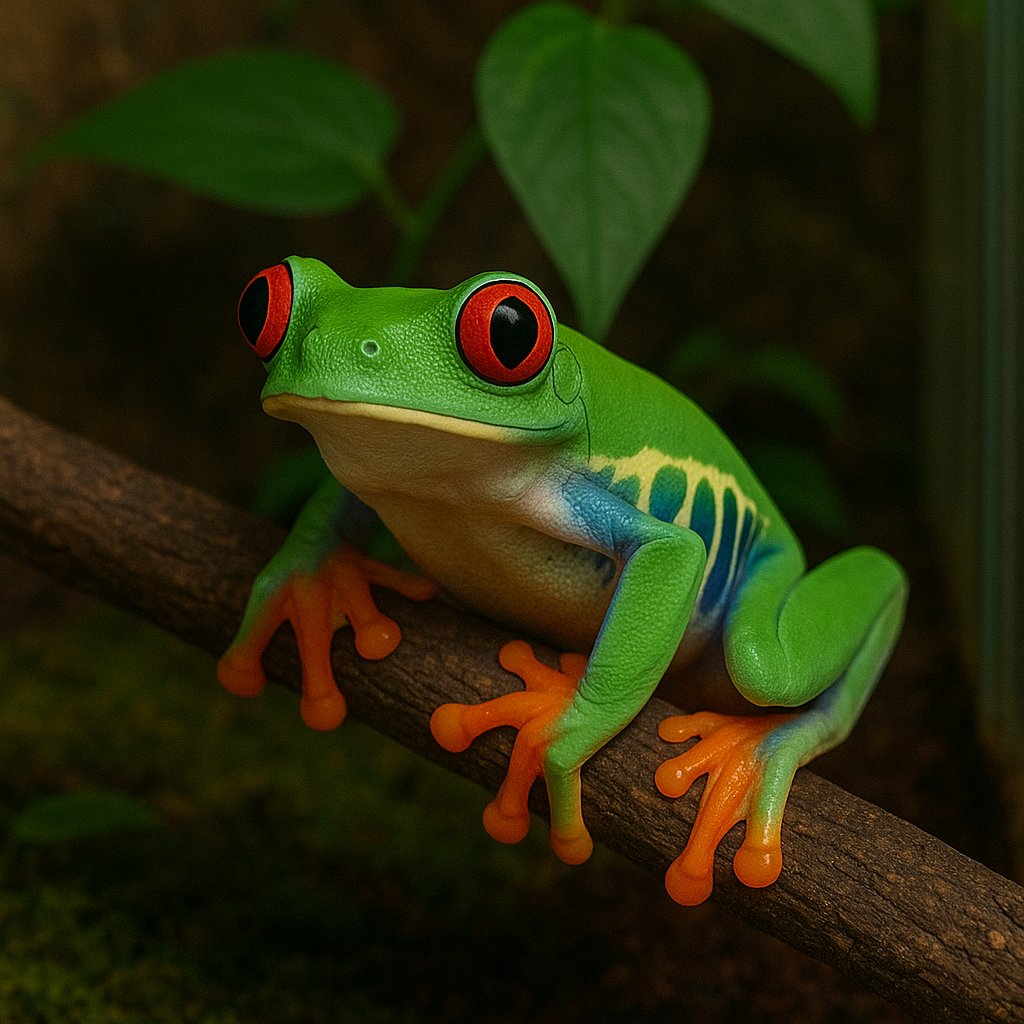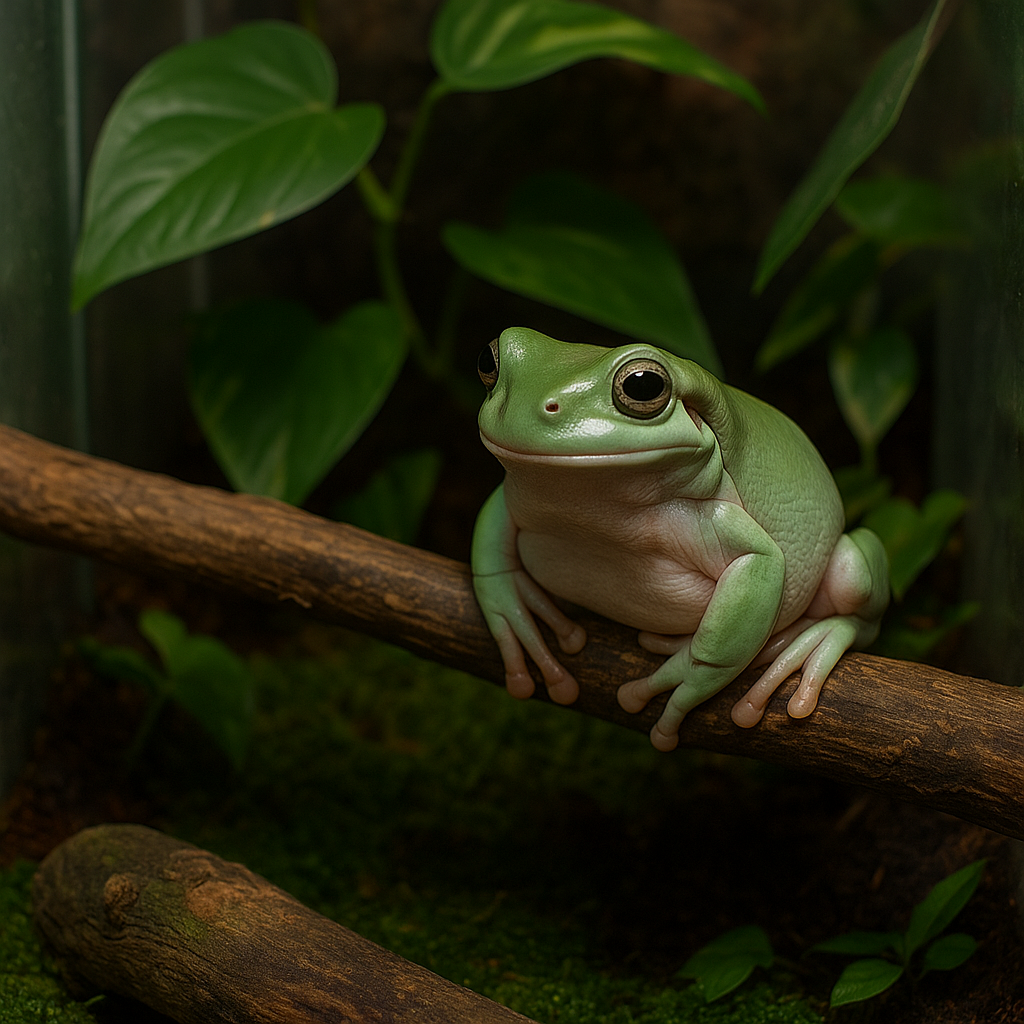If you keep dart frogs, mantids, jumping spiders, or any other insectivorous pets, you’ll know that fruit flies are a staple live food. But buying premade cultures every week quickly adds up. That’s why many keepers search for the best fruit fly media mix DIY recipe — a reliable formula that produces large, long-lasting cultures of flies for feeding.
This article walks you through a tried-and-tested fruit fly media recipe used by breeders across the UK. It combines inexpensive, easy-to-find ingredients with a few specialist additives that keep your cultures mould-free, highly productive, and packed with nutrition for your pets.
Why Make Your Own Fruit Fly Media?
Homemade media offers several benefits:
- Cost-effective – bulk ingredients are far cheaper than constantly buying cultures.
- Customisable – you can tweak nutrition for your frogs, isopods, or reptiles.
- Reliable – no guessing what’s in the mix; you control it.
- Less waste – one large bag of oats or mashed potato flakes lasts dozens of cultures.
Plus, by using a proven DIY mix, you can avoid common culture crashes caused by mould, poor nutrition, or drying out.
The Best Fruit Fly Media Mix DIY Recipe
Here’s the base recipe we recommend at Frogfather:
- Rolled oats – 1 cup (finely ground or blitzed in a blender)
- Mashed potato flakes – 1 cup
- Sugar – ½ cup
- Bee pollen – 2–3 teaspoons
- Yeast (Allicin’s or brewer’s yeast) – 2 tablespoons
- Methylparaben – ½ teaspoon (dissolved in hot water)
- Ground cinnamon – a pinch
- Warm water – enough to create a thick porridge-like consistency
Optional but recommended: excelsior (wood wool) or wood shavings to give larvae extra climbing and pupating space.
Why These Ingredients Work
Rolled oats – A slow-release carbohydrate base. Oats provide structure to the mix, breaking down gradually so cultures don’t collapse too fast.
Mashed potato flakes – Instant carbohydrates and starch that fruit flies readily consume. They help kickstart new cultures quickly.
Sugar – Fuels rapid breeding and egg-laying.
Bee pollen – A natural superfood, rich in micronutrients, boosting the nutritional value of the flies themselves.
Yeast – Drives fermentation, feeding larvae and creating CO₂, which stimulates breeding.
Methylparaben – A safe preservative that prevents mould outbreaks.
Cinnamon – A natural antifungal and antibacterial spice that complements methylparaben and smells pleasant.
Step-by-Step Method
- Mix dry ingredients – Combine oats, potato flakes, sugar, cinnamon, yeast, and bee pollen.
- Add preservative – Dissolve methylparaben in hot water and stir in.
- Add warm water – Stir until the mix is thick, like porridge.
- Let it activate – Leave the mix covered for 12–20 hours. This allows the yeast to activate and the mix to “rise,” ensuring strong culture growth.
- Prepare your culture pot – Add a layer of media to the bottom.
- Add excelsior or wood shavings – This provides surface area for larvae to climb and pupate.
- Seed the culture – Add about 50 adult fruit flies to start the colony.
- Cover securely – Use a vented lid (see our <a href=”[insert URL]”>3D Printed Culture Lids</a> for escape-proof options).
Temperature & Growth Control
- Keep cultures between 20–22°C for steady production.
- To slow down culture growth and extend lifespan, drop the temperature slightly.
- To speed up production and get faster cycles, keep them towards the higher end of the range.
With good rotation (starting a new pot every 1–2 weeks), you can maintain an endless supply of flightless fruit flies.
Tips for Success
- Keep cultures out of direct sunlight.
- Don’t overwater — soggy media collapses quickly.
- Always use methylparaben and cinnamon to avoid mould.
- Cross-seed new cultures before old ones crash.
Conclusion
Making your own fruit fly media mix DIY is simple, cost-effective, and ensures a reliable supply of nutritious live food. By combining rolled oats, potato flakes, sugar, bee pollen, yeast, cinnamon, and methylparaben, and by letting the mix activate before use, you’ll enjoy consistent, mould-free cultures that last weeks.
Control the temperature to manage growth speed, and you’ll never run out of fruit flies for your dart frogs, mantids, or spiders again.



